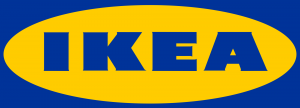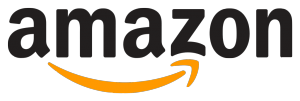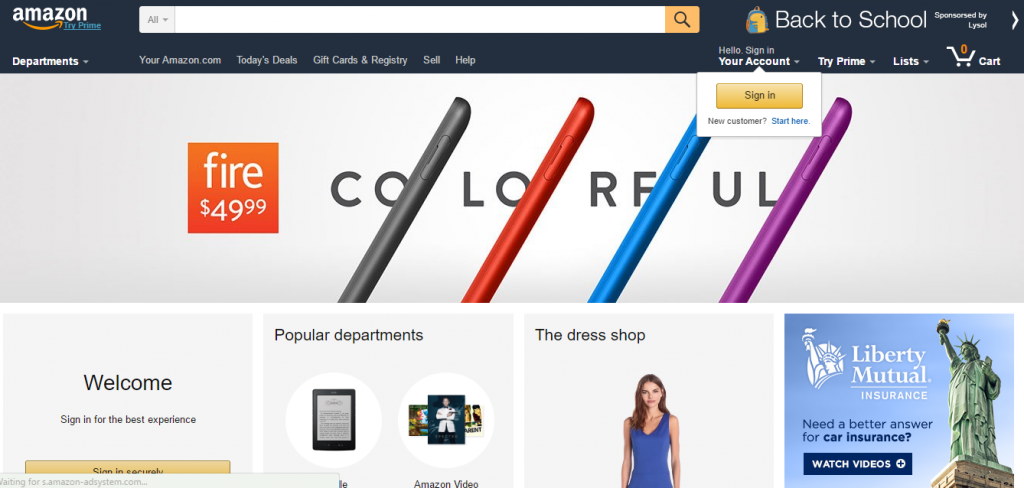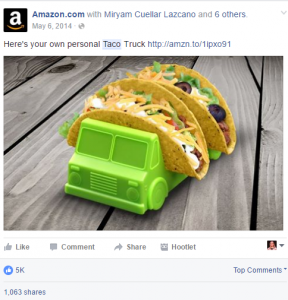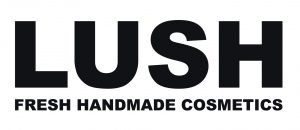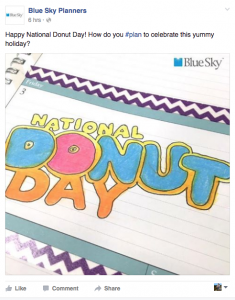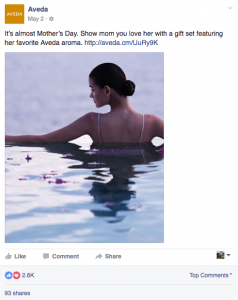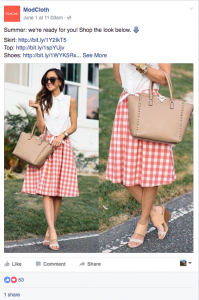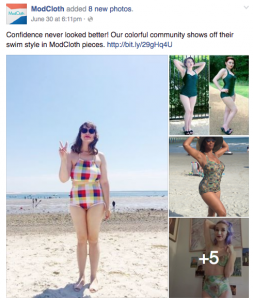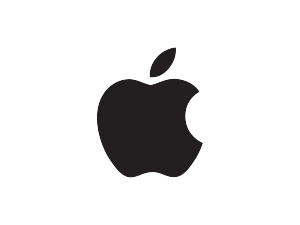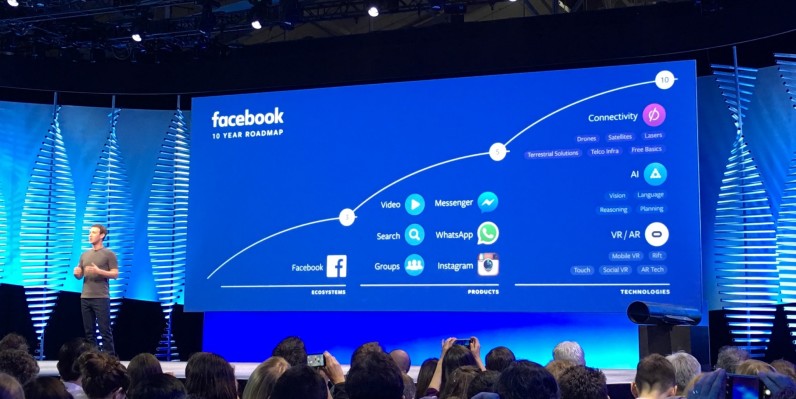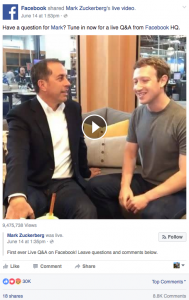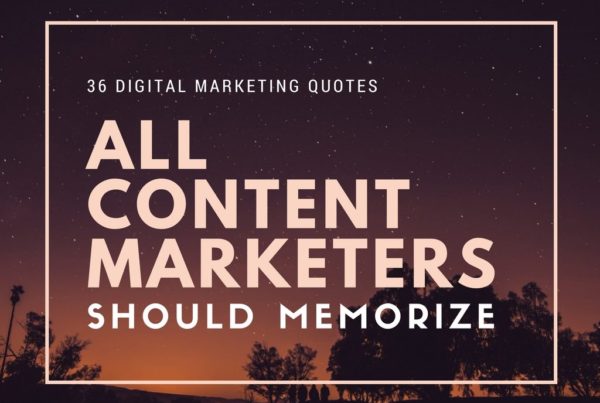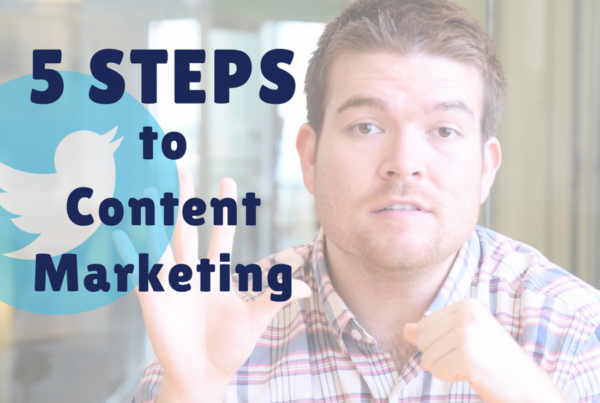As content marketers, awareness of our own brand loyalties is one of the first stepping stones in creating that type of loyalty for our own marketing firm and our client’s businesses.
Getting beneath the psychology behind our brand loyalty will allow us to analyze how these brands began, the type of culture necessary for success, and actions you can take to ensure that you’re on the path to quality branding.
We (Caroline, Victoria, & Alex) have each chosen some of our favorite brands. With personalities and skill sets that vary, our brand loyalties and the psychology behind them does as well. We will take into account their content marketing and any other factors that play into our loyalty (products & customer service will no doubt be a huge factor here).
It all starts with a great product or service. [ OF COURSE ]
But once you have that, building a top notch brand will make or break the future of your business. Sure, you can get along for a little while without the proper branding and culture, but ultimately, your business will not grow or reach its full potential without that certain something that results in brand loyalty.
So what’s the certain something? That seemingly abstract little butterfly that won’t land on your finger? Let’s dive into the brands that we are most loyal to and analyze the reasons behind the glimmer in our eyes when we talk about them.
Caroline’s Favorite Brands:
1) IKEA
IKEA’s website and social media pages are great examples of how IKEA promotes their brand.
Recurring themes on all of these platforms are: bringing people together, a focus on family, building safer homes, organization that makes life easier, and being environmentally responsible.
Apart from special offers and deals, IKEA includes contests (which require customer collaboration and involvement), safety tips (with an emphasis on child safety), and videos (featuring the IKEA Home Tour Squad) that inspire ways to get the most out of IKEA’s furniture and dispel myths that IKEA furniture is difficult to put together.
IKEA’s branding gives the impression that IKEA cares about their customer’s well-being.
Furniture safety content shows that IKEA values customers over sales. They are quick to recall items that they deem unsafe, even if legally they don’t have to.
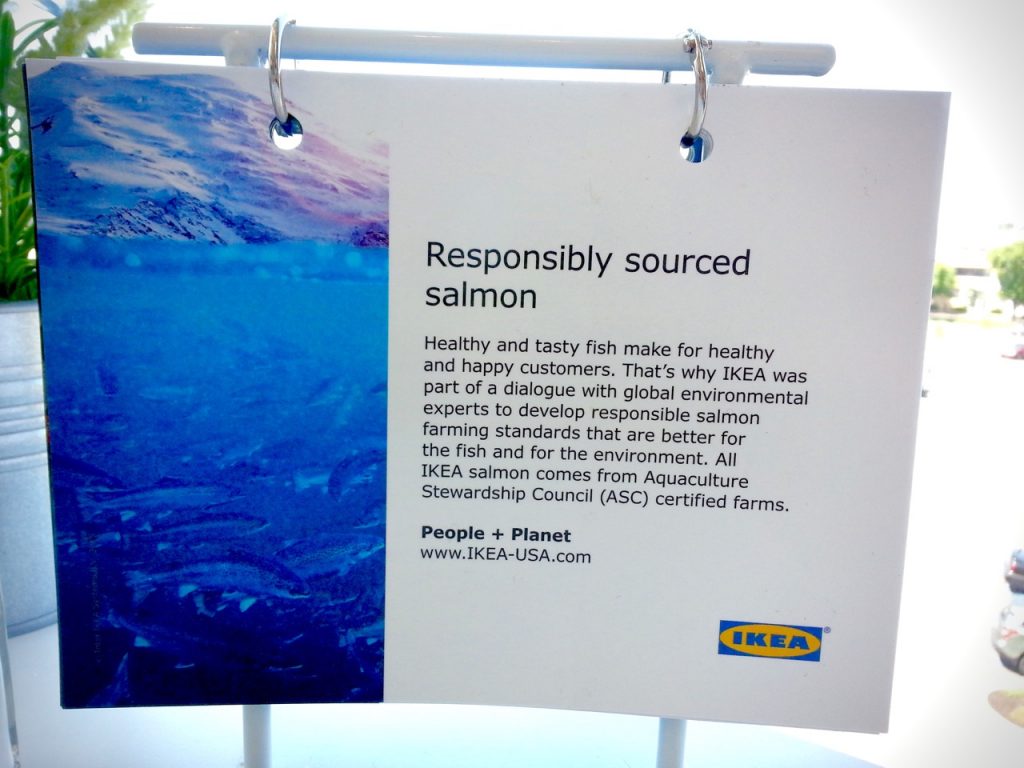
“IKEA seafood isn’t only good for you, it’s better for the planet too. All our salmon is responsibly farmed, and all our herring and shrimp come from well-managed, sustainable fisheries.”
From the salmon they serve in their cafeteria to their American Tree Planting Project, IKEA addresses concerns about environmental degradation and climate change.
The IKEA Website features news and inspiration, product recall, and 3D planners. These planners are a nice idea, but take a long time to load and is not all that easy to use or helpful. Overall, IKEA is definitely on the cutting edge of digital brand awareness.
IKEA Branding Takeaway:
Your customers – their safety & their values – come first.
2) Amazon
Amazon does a pretty good job of promoting its brand on its social media websites. As more young people tend to use social media, most of the posts and tweets are tailored to a younger audience.
Thus, they tend to promote kitschy items like taco holders that look like trucks and outlandish Halloween costumes. Many of these products are promoted in short videos.
Since Amazon can’t possibly make that much money from selling taco holders, this ad must be more useful in promoting the idea that Amazon sells everything on their website.
This fits in well to the themes that Amazon promotes in their brand: focus on the individual, uniqueness, youth culture, and convenience. Overall, I think Amazon does a good job in promoting their brand’s messages through these social media platforms.
Amazon Branding Takeaway:
Have fun! It’s not all about shoving your most profitable products. When your audience is hugely varied like theirs, make a schedule to focus on one group at a time.
3) Lush
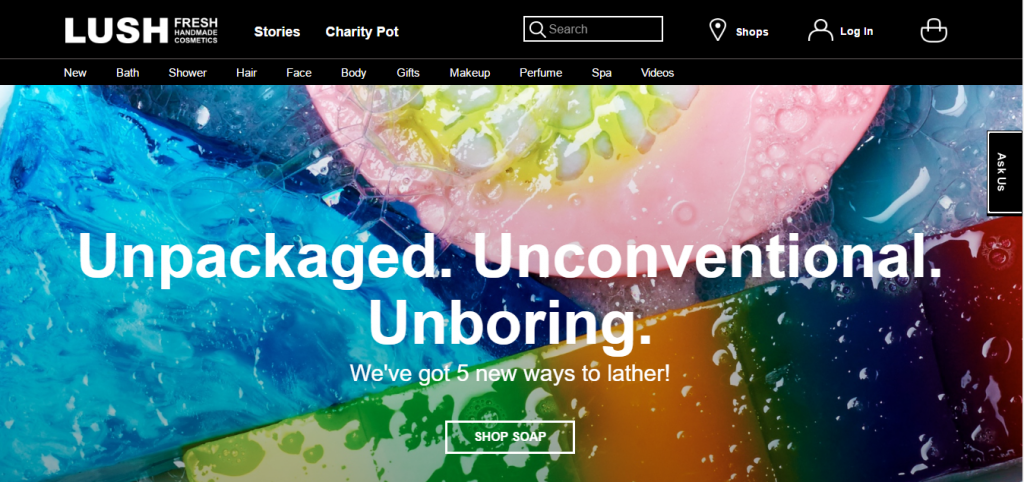
Lush Cosmetics does a great job of sending clear messages about their brand via social media and their website. They primarily target a younger audience, but people of all ages can appreciate their products.
If you haven’t heard of Lush, they basically take ordinary hygiene products (like shampoo and soap) and make them colorful and fun to use.
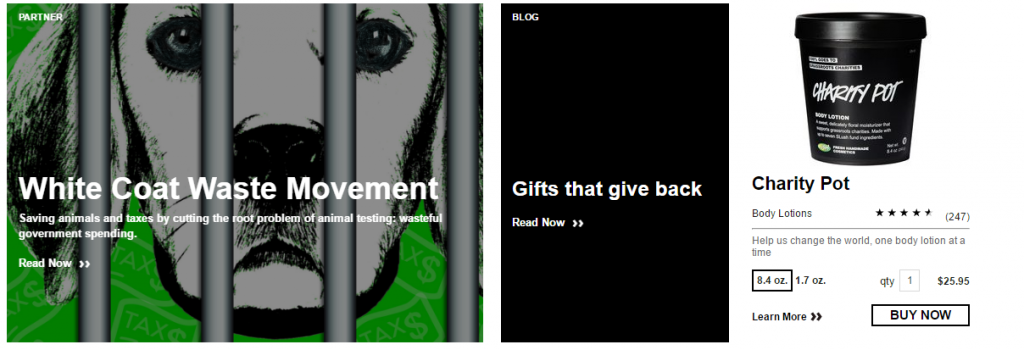
One of the biggest causes that Lush supports is the fight against animal testing. When you buy the Charity Pot, all the proceeds go towards a certain charity.
Lush is very active in promoting social justice and environmental issues as well, which no doubt resonates with a younger audience.
When people buy Lush products they can have the feeling that they too are helping the environment and donating to charity.
One thing I would probably change is that there isn’t a big difference between their Facebook and Twitter pages. In fact, their posts and tweets are almost identical. So, there isn’t really any incentive to follow Lush on more than one social media platform. Overall though, I think Lush’s website does a great job of communicating their brand messages.
Lush Brand Takeaway:
If you are mission driven, focus on your mission first, products second in your content marketing strategy.
Victoria’s Favorite Brands:
1) BlueSky
Blue Sky is the brand of planner that I purchase. Every year, a month before my planner ends, I get antsy with the need for a new one. Blue Sky consistently delivers quality products, a variety of attractive designs, and maintains their affordable prices.
They clearly know their audience- professional women- and cater their posts & design to this audience very well.
Blue Sky’s Social Media features product shots, calendar doodles (in a planner), motivational quotes, & fun team photos.
For a Content Marketer that is forced to care about all the oddball “national” days – (National Sponge Day, National Donut Day, National Sibling Day) – these calendar doodles are actually really helpful!
I’m loyal to this brand because it has been loyal to me.
Consistency is key here. Every year, I buy the same planner. Every year, they get better designs. Every year, they sell them at the same stores (Target, Walmart, to name a few). Every year, they have the same prices.
I can depend on this planner and this brand to continue providing exactly what I need to keep my life organized. Organization is all about consistency and routine. It only seems right that my planner company would provide this kind of dependability.
Blue Sky Brand Takeaway:
Even for a seemingly mundane product, you CAN find ways to make your content vibrant and exciting. Get creative.
2) Aveda
Aveda’s social media is, from what I can see, completely based around their products. I can see room for improvement here by posting and sharing outside content that reflects their mission. There is no lack of earth-friendly content!
Aveda also posts how-to videos for hairstyles and new product videos.
Customer services, a rewards program, and lots of freebies makes shopping at Aveda rewarding. I get freebies for my birthday, around holidays, and for new product promotions. I have more freebies in my cosmetics drawer than actually purchased items!
My go to item that keeps me coming back to Aveda stores is Mosscara – it is plant-based (from Icelandic Moss) and washes off with just warm water. This one product has gotten me into the store and on their website many times. For the most part, their products are out of my budget. But for Mosscara, I splurge.
“Our mission at Aveda is to care for the world we live in, from the products we make to the ways in which we give back to society. At Aveda, we strive to set an example for environmental leadership and responsibility–not just in the world of beauty, but around the world. “
Aveda Brand Takeaway:
Your imagery must match your mission. This environment conscious brand focuses on the beauty of the natural world as its backdrop.
3) ModCloth
Modcloth creates a great sense of community with their shoppers and for an online retailer, that can be tricky.
On their social media, they post not only product shots, but also real photos of girls wearing their clothing.
In the summer, you’ll find actual Modcloth shoppers strutting their stuff in a Modcloth bikini. Not only does this foster a sense of community, but it also increases engagement and brand loyalty. One their website, they have an entire Style Gallery of real people wearing Modcloth finds. Brilliant!
Oh and Modcloth’s fashion photography is done without over photoshopping & they feature women of all sizes.
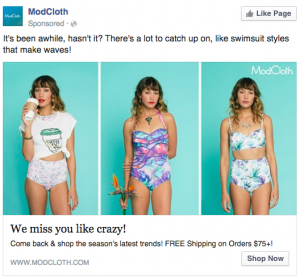
Modcloth’s Facebook ads are effective, especially when they show you the items you favorited during that late night online shopping earlier in the week. [They know what they’re doing here!]
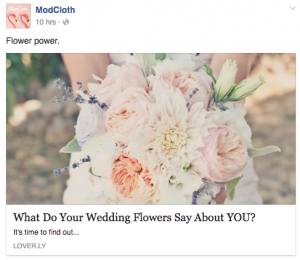
But it’s not all me, me, me on their social media. They share a healthy amount of outside resources and articles tailored to their audience.
Modcloth also has a super fun culture- clothing names are almost always puns!
Modcloth Brand Takeaway:
Even when starting out as a brand, emphasize your culture. When you grow, it will really flourish if it has deep roots.
Alex’s Favorite Brands:
1) Under Armour
Snapchat
Under Armour made my list because they create high quality products and inspire a mindset of self betterment, athleticism, and drive that I respect.
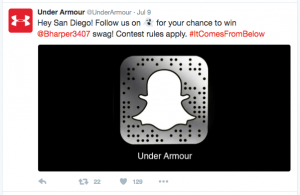
On their social media, use of cross promotion of their channels is an effective way to spread their reach. Promoting Snapchat on Twitter with appropriate branding, a hashtag, and tagging an athlete for their contest is marketing gold.
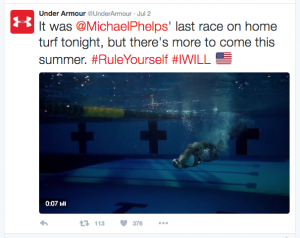
Video content, (again with appropriate hashtag, tagging an athlete, and emoji) is one way Under Armour inspires their customers to BE these athletes. Notice that they’re never showcasing their products- they’re highlighting athletes like Michael Phelps, which personalizes their brand.
Trending sports topics and retweeting sports content is effective in growing Under Armour’s authority in their industry and brand identity.
This is how it should be done.
Under Armour Brand Takeaway:
Keep up with marketing trends!
2) Apple
Apple is design based and as a creative and founder of my own tech company, I’m a big fan of their story, their founder, and their marketing approach. Apple sets the bar in many areas of technology and marketing.
They create high quality products, set trends, and create specific emotions around their products and launches. As far as their social media, you’ll notice above that Apple Music is their only social media presence. This is an interesting strategy and I could write an entire blog post about that, but here, I’ll just say that Apple knows their audience and they know what works for them.

Apple is known for their keynotes, which is their strategy of content marketing. These are 1.5 – 2hr long commercial that people anticipate. For them, it works because they’re a high end brand and are so well known. It creates an elusiveness and a premium feel. That said, a lot of Apple execs like CEO Tim Cook are active on Twitter.
On Instagram, all the top Instagram accounts are musicians. Think Selena Gomez, Taylor Swift, & Ariana Grande… So rather than Apple having an Apple Instagram, they focus on the Apple Music Instagram account.
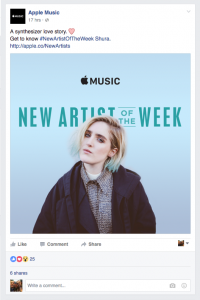
They post video & photo content of musicians, concerts, & new album promotions/covers. There’s a good content mix and their brand is usually present.
Apple Brand Takeaway:
Create scarcity and mystique around premium products & services.
3) Facebook
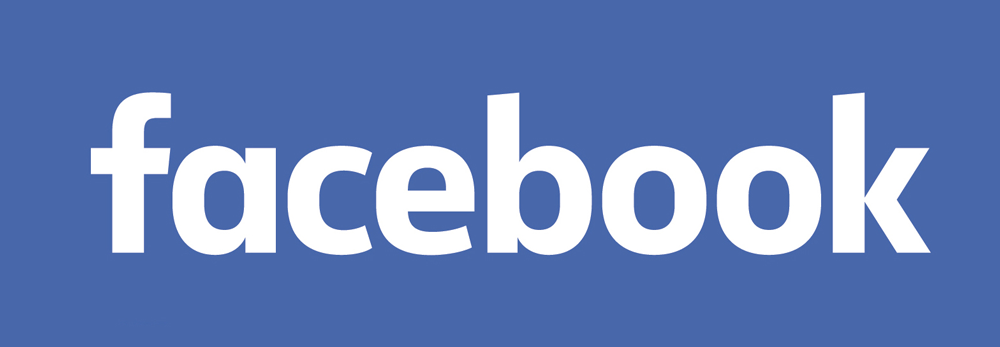
Okay, so I’m a Content Marketer – of course I love Facebook.
But why do I feel this kind of loyalty? For one thing, this product has made such progress. And that is because Facebook is purpose-driven. This is a brand that genuinely cares about their purpose and does not shy away from issues and obstacles that are standing in their way of reaching their goals.
By creating videos and training programs to teach users how to get the best of their services, Facebook grows their brand loyalties and encourages better user experiences.
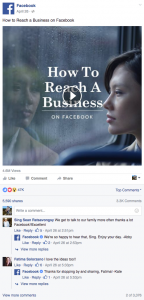
It’s clear that Facebook learned from other big names in the tech world that long keynotes work – they adopted Apple’s approach.
By using new features like Live Streaming and VR 360 photos, Facebook leads by example on their own account page.
Facebook Brand Takeaway:
Lead by example and constantly give value & knowledge. You will become an authority in your industry and this will drive revenue.
Brand Loyalty Takeaways:
- Your customers – their safety & their values – come first.
- Have fun! It’s not all about shoving your most profitable products. When your audience is hugely varied, make a schedule to focus on one group at a time.
- If you are mission driven, focus on your mission first, products second in your content marketing strategy.
- Even for a mundane product, you CAN find ways to make your content vibrant and exciting. Get creative.
- Your imagery must match your mission. This environment conscious brand focuses on the beauty of the natural world as its backdrop.
- Even when starting out as a brand, emphasize your culture. When you grow, it will really flourish if it has deep roots.
- Keep up with marketing trends!
- Create scarcity and mystique around premium products & services.
- Lead by example and constantly give value & knowledge. You will become an authority in your industry and this will drive revenue.

